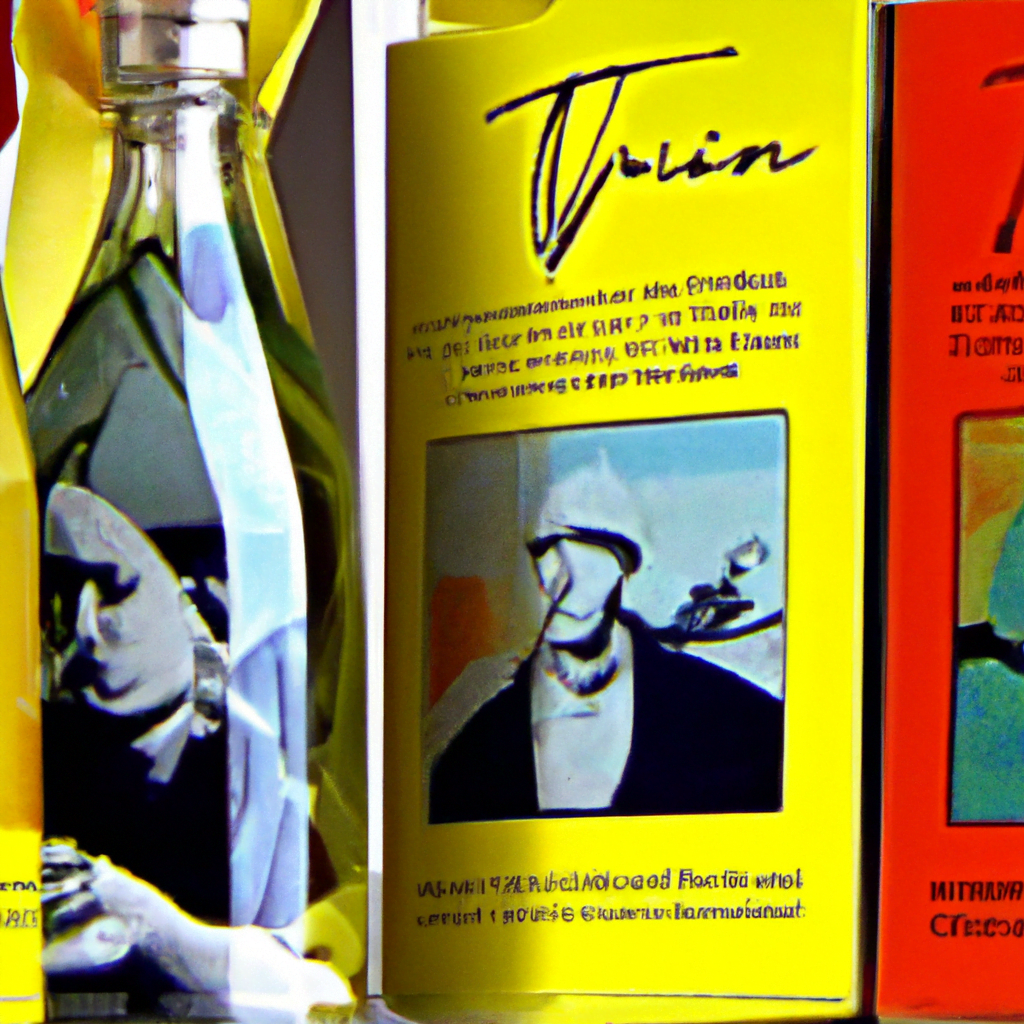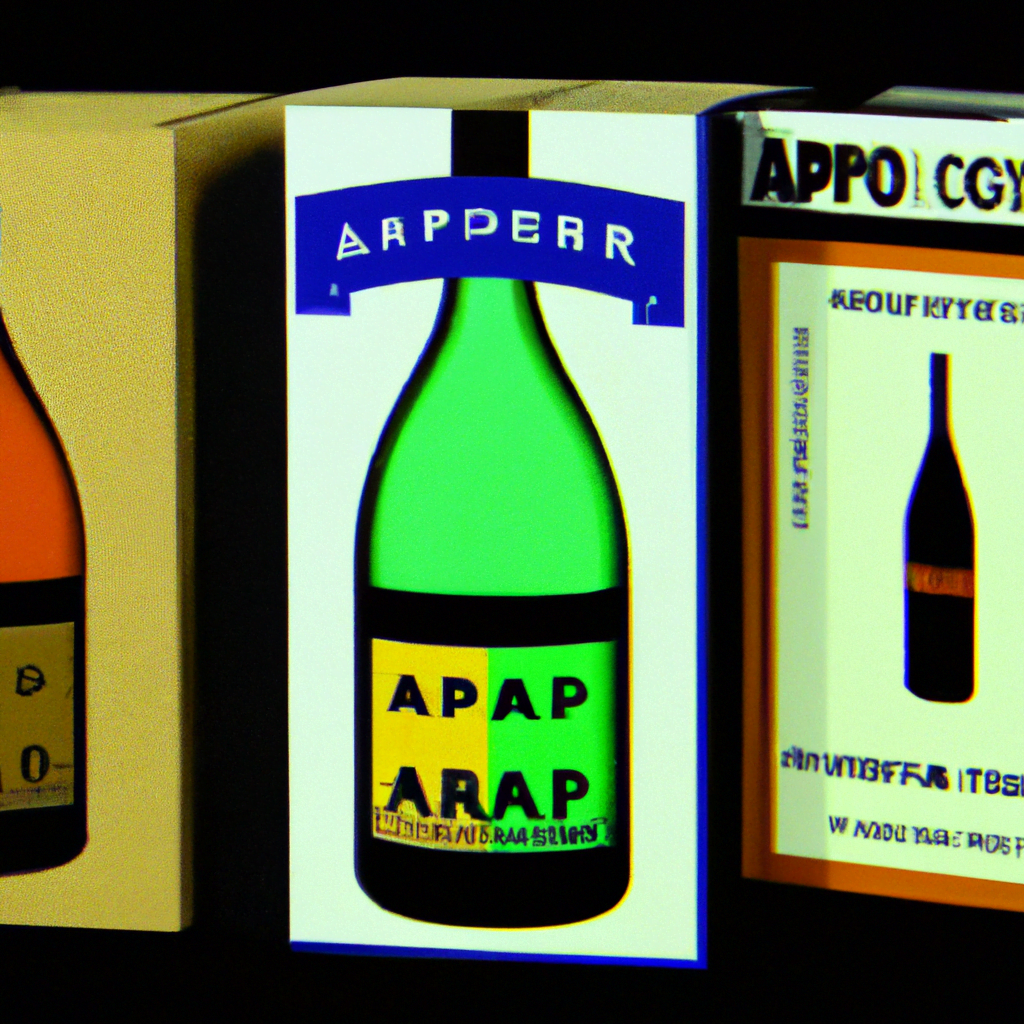
Packaging Trends in the Craft Spirits Industry

Introduction
The craft spirits industry has been growing rapidly in recent years, with more and more consumers seeking out unique and high-quality spirits. As a result, packaging has become an increasingly important aspect of the industry, as it can help to differentiate products and attract consumers. In this article, we will explore some of the latest packaging trends in the craft spirits industry, including the use of sustainable materials, innovative designs, and personalized branding.
Sustainable Materials
One of the biggest trends in packaging for craft spirits is the use of sustainable materials. Consumers are becoming more environmentally conscious, and they are looking for products that align with their values. As a result, many craft spirits companies are turning to eco-friendly packaging options.
One popular option is recycled glass. Glass is already a popular material for spirits bottles, as it is durable and can be easily recycled. However, some companies are taking this a step further by using recycled glass to create unique and eye-catching designs. For example, the UK-based company The English Drinks Company uses recycled glass to create bottles with a distinctive blue tint, which helps to set their products apart on store shelves.
Another sustainable packaging option is biodegradable or compostable materials. For example, the Australian company Seedlip uses a biodegradable plastic made from corn starch to package their non-alcoholic spirits. This material breaks down quickly in compost, reducing waste and minimizing the environmental impact of their products.
Innovative Designs
In addition to sustainable materials, craft spirits companies are also experimenting with innovative packaging designs. These designs can help to create a unique brand identity and make products stand out on store shelves.
One trend is the use of unusual bottle shapes. For example, the Scottish company Arbikie Distillery uses a triangular bottle for their gin, which helps to create a distinctive look and feel. Similarly, the US-based company St. George Spirits uses a hexagonal bottle for their absinthe, which helps to convey the product’s unique and complex flavor profile.
Another trend is the use of eye-catching labels and graphics. Many craft spirits companies are working with designers to create labels that are both visually appealing and informative. For example, the UK-based company Sipsmith uses a label that features a hand-drawn illustration of their distillery, which helps to convey the brand’s artisanal approach to spirits production.
Personalized Branding
Finally, many craft spirits companies are focusing on personalized branding as a way to connect with consumers. This can include everything from custom bottle shapes and labels to personalized messages and gift packaging.
One example is the US-based company Tito’s Handmade Vodka, which allows customers to personalize their bottles with custom labels. This not only creates a unique and memorable gift, but it also helps to build brand loyalty and encourage repeat purchases.
Another example is the UK-based company Chase Distillery, which offers a range of gift packaging options for their spirits. These include personalized wooden boxes and hampers, which can be customized with a message or logo. This helps to create a premium and personalized experience for customers, which can help to build brand loyalty and increase sales.
Conclusion
In conclusion, packaging is an important aspect of the craft spirits industry, and companies are constantly experimenting with new and innovative designs. Sustainable materials, unusual bottle shapes, eye-catching labels, and personalized branding are all trends that are helping to differentiate products and attract consumers. As the industry continues to grow, we can expect to see even more exciting packaging innovations in the years to come.
